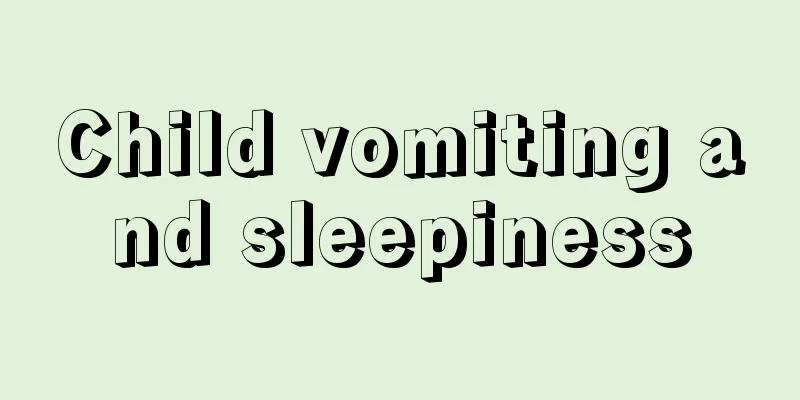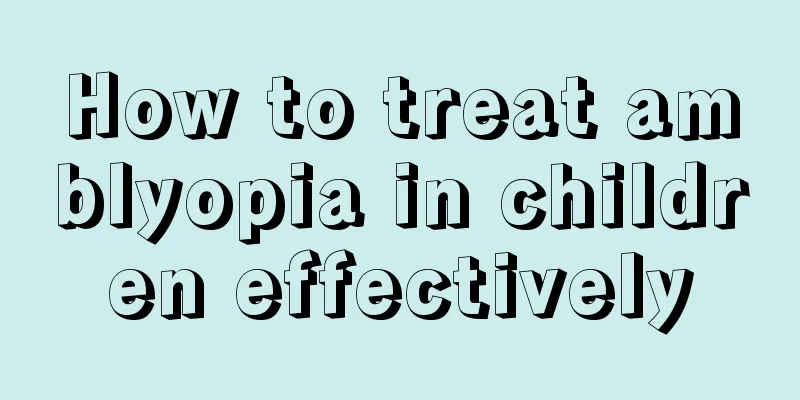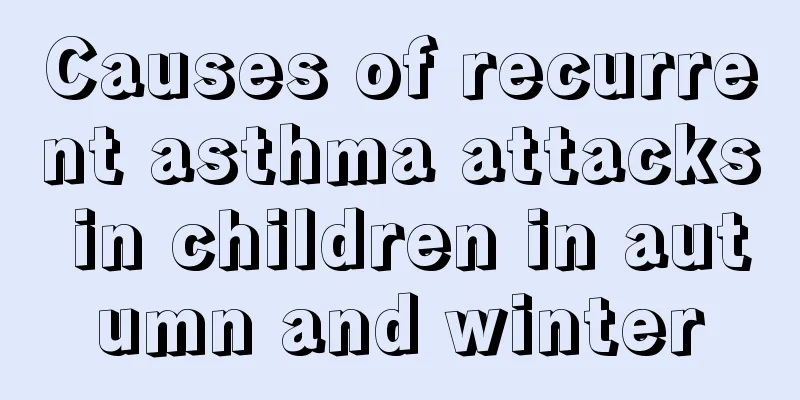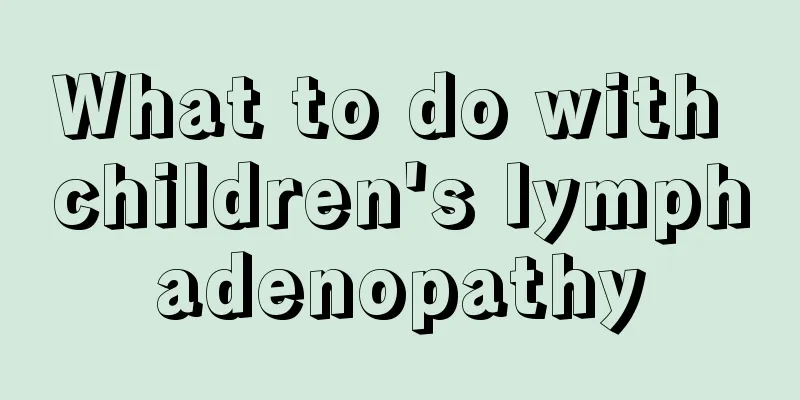Myocarditis in children
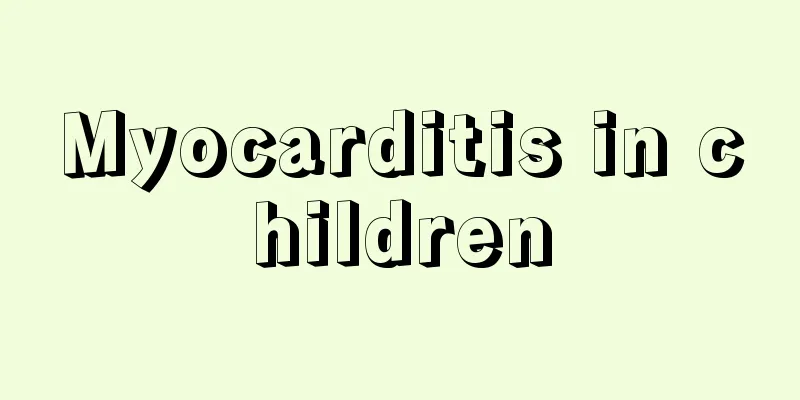
|
Diseases such as myocarditis are a relatively serious inflammatory manifestation of the human body. Otherwise, the disease may worsen seriously due to the different extent of myocardial lesions or the severity of the disease. Especially in children, mild cases of myocarditis may have no clinical symptoms, but severe cases may lead to sudden death. Pediatric myocarditis is a very common heart disease in children. Myocarditis refers to local or diffuse inflammatory lesions in the myocardium. When this type of pediatric myocarditis occurs, the patient's physical characteristics are mainly interstitial inflammatory cell infiltration, and even some serious myocardial necrosis. If not treated promptly, inflammation will still affect the myocardial cells, interstitial tissue, and even vascular components and pericardium. Myocarditis in children can be caused by infectious and other causes. Infectious myocarditis includes viral, bacterial, rickettsial, spirochetal, fungal and parasitic infections, among which viral myocarditis is the most common. The severity of the disease varies. Severe cases may lead to death from acute heart failure and arrhythmia. Mild cases have no obvious symptoms and are not discovered until the chronic stage when dilated cardiomyopathy forms. The common viruses that can cause viral myocarditis are adenovirus (especially serotypes 2 and 5) and enterovirus (coxsackievirus A and B groups, echovirus, poliovirus), among which coxsackievirus group B (CVB) is the most common. Other viruses that can cause viral myocarditis include: herpes simplex virus, varicella and herpes zoster virus, cytomegalovirus, rubella virus, mumps virus, hepatitis C virus, dengue virus, yellow fever virus, rabies virus, respiratory enterovirus, etc. Myocarditis in children varies in severity. Severe cases may die from acute heart failure or arrhythmia. Mild cases may not have obvious symptoms, but if not treated in time, the harm caused can be unimaginable. I hope we can detect the disease in time and treat it early. |
<<: Symptoms of hand, foot and mouth disease in children
>>: Normal index of neonatal jaundice
Recommend
Can babies get vaccinations for mild colds?
Vaccinations are generally what we often call vac...
Peeling skin on child's feet
If a child has peeling feet, parents will be quit...
How to wash off the yellow scab on the baby's head?
The health of babies is very vulnerable to damage...
What should I do if my child keeps having fever?
Because children have poorer disease resistance, ...
Summary of Children's Cold Medicines
I believe that friends who have babies at home mu...
Best treatment for diaper rash in babies
We all know that diaper eczema is the most common...
What causes white tongue in children?
Everyone is very concerned about children’s disea...
How teenagers can protect their teeth
The importance of teeth is self-evident. To ensur...
What are the symptoms of pharyngitis in children
When it comes to the symptoms of pharyngitis in c...
What to do if a 3-year-old child has eczema?
Many mothers are very concerned about the problem...
Why is the baby's hair yellow and thin?
Human beings are in a process of development. We ...
Vitamin supplements for children
For children's physical health, the supplemen...
What are some ways to train your child to concentrate?
Children have a lot of concentration, which is ve...
What should I do if my 4-year-old child has cavities?
It is not uncommon for children to have cavities....
Is it OK for children to take motion sickness medicine regularly?
Recently my niece always feels dizzy when riding ...
